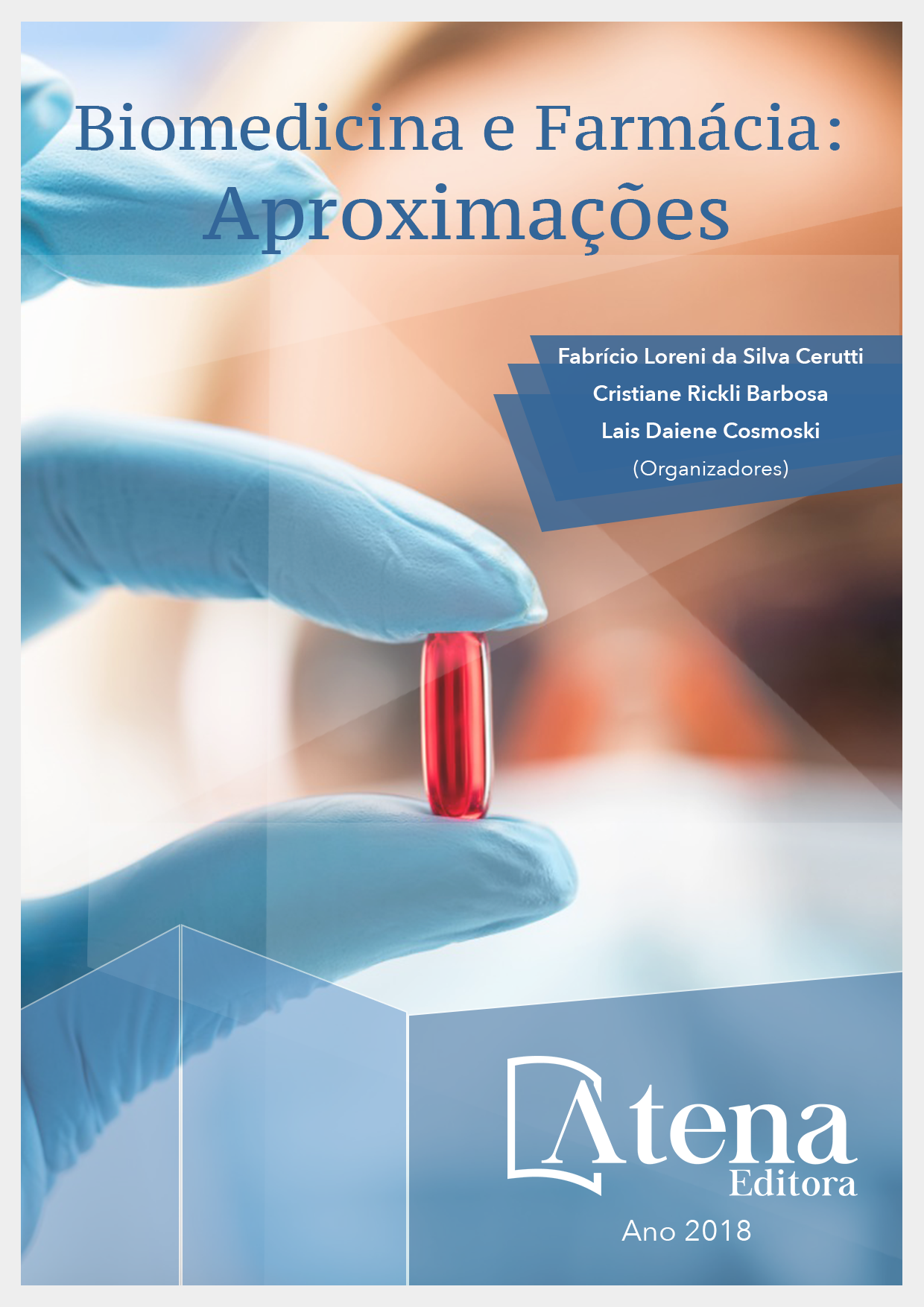
LECTINAS VEGETAIS COMO FERRAMENTAS TERAPÊUTICAS: UMA REVISÃO
As lectinas são proteínas que
possuem domínios capazes de reconhecer
moléculas glicídicas, às quais se ligam
de maneira reversível e específica. Essas
proteínas estão envolvidas nos mecanismos
de defesa dos organismos multicelulares,
desempenhando um importante papel na
imunidade inata, geralmente por reconhecer
epítopos de glicano semelhantes que ocorrem
na superfície celular de patógenos. Nesse
sentido, as propriedades farmacológicas das
lectinas têm sido amplamente exploradas,
incluindo seu potencial como agentes
antibacterianos, antifúngicos, antivirais,
antitumorais e cicatrizantes. A atividade
antimicrobiana das lectinas tem sido associada
à interação com componentes da parede celular
de bactérias (ácido teicóico e teicurônico,
peptidoglicanos e lipopolissacarídios) ou de
fungos (N-acetilglicosamina) e à formação
de poros, alterando a permeabilidade
celular. O efeito de lectinas sobre os vírus
envolve a ligação com oligossacarídeos que
contém resíduos de manose, presentes nas
superfícies de glicoproteínas do envelope viral.
Adicionalmente, a atividade antitumoral das
lectinas está associada à combinação entre a
alteração no padrão de glicosilação das células
tumorais comparado às células saudáveis, e a
especificidade da interação lectina-carboidrato.
Com relação ao efeito cicatrizante, este pode
estar vinculado à capacidade das lectinas em
induzir a produção de proteases por células
do sistema imunológico, fundamentais para o
processo de reparação tecidual. Neste contexto,
esta revisão apresenta uma discussão sobre
a utilização das lectinas como ferramentas
terapêuticas.
LECTINAS VEGETAIS COMO FERRAMENTAS TERAPÊUTICAS: UMA REVISÃO
-
DOI: Atena
-
Palavras-chave: Lectinas, atividade antimicrobiana, atividade antiviral, atividade antitumoral, atividade cicatrizante.
-
Keywords: Lectins, antimicrobial activity, antiviral activity, antitumor activity, healing activity
-
Abstract:
Lectins are proteins that contain domains capable of recognizing glycan
molecules, to which they bind in a reversible and specific manner. These proteins are
involved in the defense mechanisms of multicellular organisms, playing an important
role in innate immunity, generally by recognizing similar glycan epitopes that occur on
the pathogens cell surface. In this sense, the pharmacological properties of lectins
have been extensively explored, including their potential as antibacterial, antifungal,
antiviral, antitumor and cicatrizant agents. The antimicrobial activity of lectins has been
associated with the interaction with cell wall components from bacteria (teichoic and
teicuronic acid, peptidoglycans and lipopolysaccharides) or fungi (N-acetylglucosamine)
and pore formation, altering cell permeability. The effect of lectins on viruses involves
the binding with oligosaccharides containing mannose residues on the surfaces
of glycoproteins from viral envelope. In addition, the antitumor activity of lectins is
associated with the combination between the alteration in the glycosylation pattern of
tumor cells regarding the healthy cells, and the specificity of the lectin-carbohydrate
interaction. On the healing effect, this may be linked to the ability of lectins to induce
the production of proteases by cells of the immune system, which are fundamental for
the tissue repair process. In this context, this review presents a discussion on the use
of lectins as therapeutic tools.
-
Número de páginas: 15
- Emmanuel Viana Pontual


